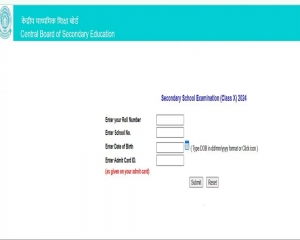To minimise Covid-19 infection, keep the CO2 levels in all the spaces where you share air as low as practically possible, researchers have said asserting that in any given indoor environment, when excess CO2 levels double, the risk of virus transmission also roughly doubles.
The study by the scientists from the Cooperative Institute for Research in Environmental Sciences (CIRES) and the University of Colorado Boulder has been published in the Environmental Science & Technology Letters.
The chemists relied on a simple fact that infectious people exhale airborne viruses at the same time as they exhale carbon dioxide. That means CO2 can serve as a “proxy” for the number of viruses in the air.
“You’re never safe indoors sharing air with others, but you can reduce the risk,” said Jose-Luis Jimenez, co-author of the new assessment, a CIRES Fellow and professor of chemistry at the University of Colorado Boulder.
“And CO2 monitoring is really the only low-cost and practical option we have for monitoring,” said Zhe Peng, a CIRES and chemistry researcher, and lead author of the new paper. “There is nothing else.”
Jimenez and colleagues turned to commercially available carbon dioxide monitors, which can cost just a few hundred dollars.
First, they confirmed in the laboratory that the detectors were accurate. Then, they created a mathematical “box model” of how an infected person exhales viruses and CO2, how others in the room inhaled and exhaled, and how the viruses and gas accumulate in the air of a room or are removed by ventilation.
The model takes into consideration infection numbers in the local community, but it does not detail air flow through rooms--that kind of modeling requires expensive, custom analysis for each room.
It’s important to understand that there is no single CO2 level at which a person can assume a shared indoor space is “safe,” Peng emphasized. That’s partly because activity matters: Are people in the room singing and talking loudly or exercising, or are they sitting quietly and reading or resting?
A CO2 level of 1,000 ppm, which is well above outside levels of about 400 ppm, could be relatively safe in a quiet library with masks but not in an active gym without masks, said the scientists.
Peng and Jimenez also shared a set of mathematical formulae and tools that experts in building systems and public health can use to pin down actual, not just relative, risk. But the most important conclusion is that to minimise risk, keep the CO2 levels in all the spaces where we share air as low as practically possible.

























